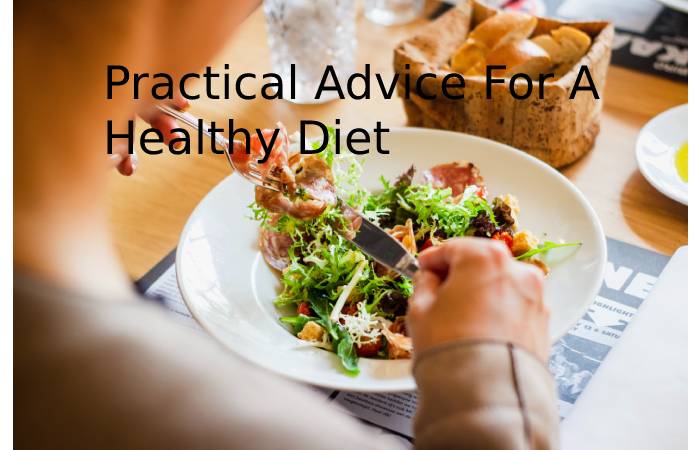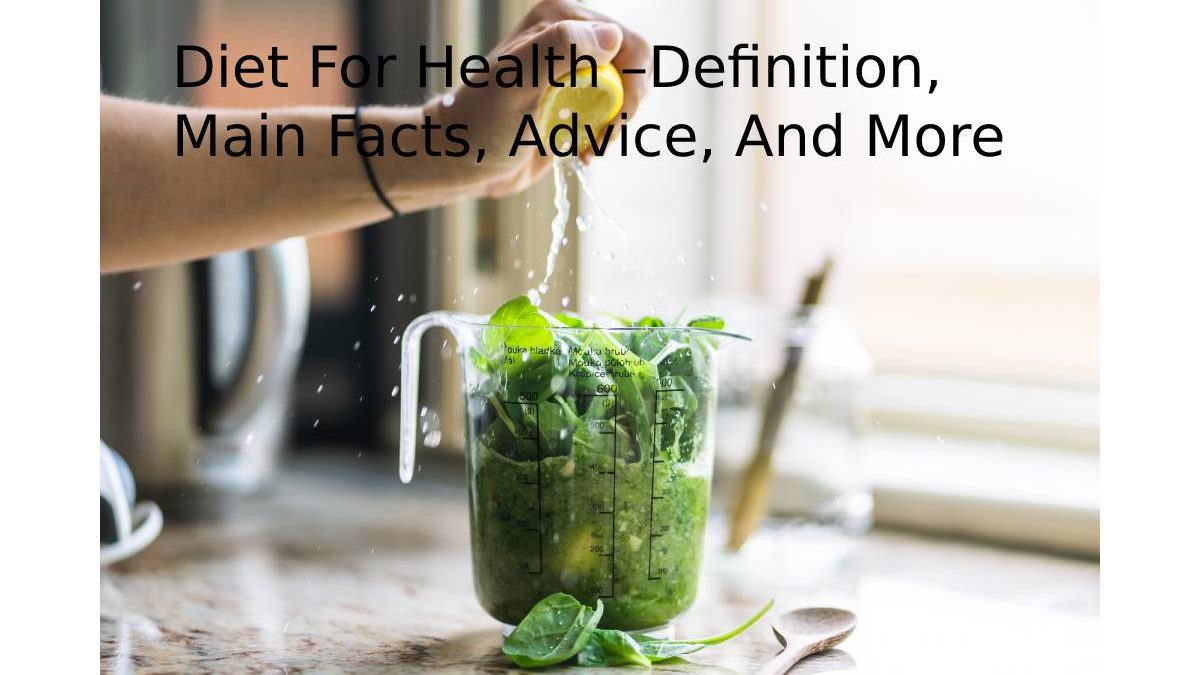Table of Contents
Definition
Diet For Health -Diet Is Very Important To Our Health plays a Very Important Role In Our Body Parts With The Help Of Food our Stamina is active and happy. A healthy diet consists of the following: fruits, vegetables, legumes ( for example, lentils and peas), dried fruits, and whole grains ( for example, corn, millet, oats, unprocessed wheat, and brown rice)
Main facts
A healthy diet helps protect against all forms of malnutrition and non-communicable diseases, including diabetes, heart disease, stroke, and cancer.
The most significant health risks globally are poor diet and lack of physical exercise.
Healthy eating habits start early: breastfeeding promotes healthy growth and improves cognitive development. It could also have long-term benefits, such as a reduced risk of overweight, and obesity. The intake (in calories) at the energy level must be adapted to the expenditure. To avoid excessive weight gain, fat should not exceed 30% of total energy intake.
Limiting free sugar intake to less than 10% of total energy intake is part of a healthy diet. Going further and dropping below 5% of total energy intake is suggested to increase health benefits. Keeping salt intake below 5g per day (corresponding to a sodium intake of less than 2g per day) helps prevent hypertension and reduces the risk of heart disease and stroke in the adult population.
WHO, the Member States, has agreed to reduce the salt intake of the world’s population by 30% and to halt the rise in diabetes and obesity in adults and adolescents, as well as overweight in children, by 2025 (9.10).
Practical Advice For A Healthy Diet

Fruits And Vegetables
Eating at least 400g, or five servings, of fruits and vegetables daily reduces the risk of non-communicable diseases and helps ensure an adequate daily intake of dietary fiber.
Here are some ways to increase the consumption of fruits and vegetables:
- eat vegetables at all meals;
- eat fresh fruits and raw vegetables as snacks;
- eat fresh seasonal fruits and vegetables; and
- diversify the fruits and vegetables consumed.
Fats
Decreasing total fat intake to less than 30% of total energy intake helps adults avoid gaining too much weight
- reduction of saturated fat to less than 10% of total energy intake;
- reduction of saturated fatty acids to less than 1% of total energy intake; and
- replacing saturated fats and trans fatty acids with unsaturated fats, especially polyunsaturated fats.
- It is possible to reduce the intake of fats, in specific industrial trans fatty acids, by proceeding as follows:
- steam or boil rather than fry food;
- replace butter, lard, and explained butter with oils ironic in polyunsaturated fats such as soybean, rapeseed, corn, safflower, or sunflower oil;
- eat low-fat dairy crops and lean meat, or remove visible fat from the heart; and
- Limit consumption of baked and fried foods, snacks, and pre-packaged foods (for example, donuts, cakes, pies, cookies, biscuits, and waffles) that contain fatty acids, industrial trans.
How To Promote Healthy Eating?
These factors include income, food prices (which determine the availability and ability to acquire healthy foods), individual preferences and beliefs, cultural traditions, and geographic and environmental aspects. Therefore, promoting a healthy food environment – including systems that support a diverse, balanced, and healthy diet. It requires the participation of multiple sectors and stakeholders, including the government and the public and private sectors. Governments have a central role in creating a healthy food environment that allows people to adopt and maintain healthy eating practices.
To Create A Healthy Food Environment
Establish coherence in national policies and investment plans, particularly in trade, food, and agricultural policies, to promote healthy diets. And protect public health by strengthening incentives for producers and sellers to grow. Use and sell fresh fruits and vegetables by reducing incentives for the food industry to continue or increase the production of processed foods high in saturated fats, trans-fatty acids, free sugars, and salt/sodium, encouraging the reformulation of food products to reduce saturated fats, trans-fatty acids, free sugars, and salt/sodium, to eliminate industrial trans fatty acids
Applying WHO recommendations on the marketing of foods and non-alcoholic beverages to children, setting standards to promote healthy eating. And practices by ensuring the availability of healthy, nutritious, safe, and affordable food in kindergartens, schools, other public institutions, and workplaces, considering regulatory and voluntary instruments (e.g., marketing regulations and nutrition labeling policies),
As well as economic incentives or disincentives (i.e., taxes and subsidies) to promote a diet of healthy food, encouraging global, national, and local food distribution and catering services. To improve the nutritional quality of their products, which includes making healthy and affordable food available, and to review portion sizes and prices.
Guide Consumers To Demand Healthy Food Products And Meals
by raising consumer awareness about healthy diets, and developing school policies and programs encouraging children to adopt and maintain healthy diets. By informing children, adolescents, and adults about nutrition and healthy eating habits, boosting culinary know-how, including in schools. supporting communication of information at points of sale, including nutrition labels that provide accurate, standardized, and understandable information.
Promote appropriate practices for feeding infants and young children:
by implementing the International Code of Marketing of Breastmilk Substitutes and subsequent resolutions adopted. The World Health Assembly, on this subject, implementing policies and practices to protect working mothers. I am advocating, protecting, and supporting breastfeeding in health services and communities through the baby-friendly hospital initiative.


